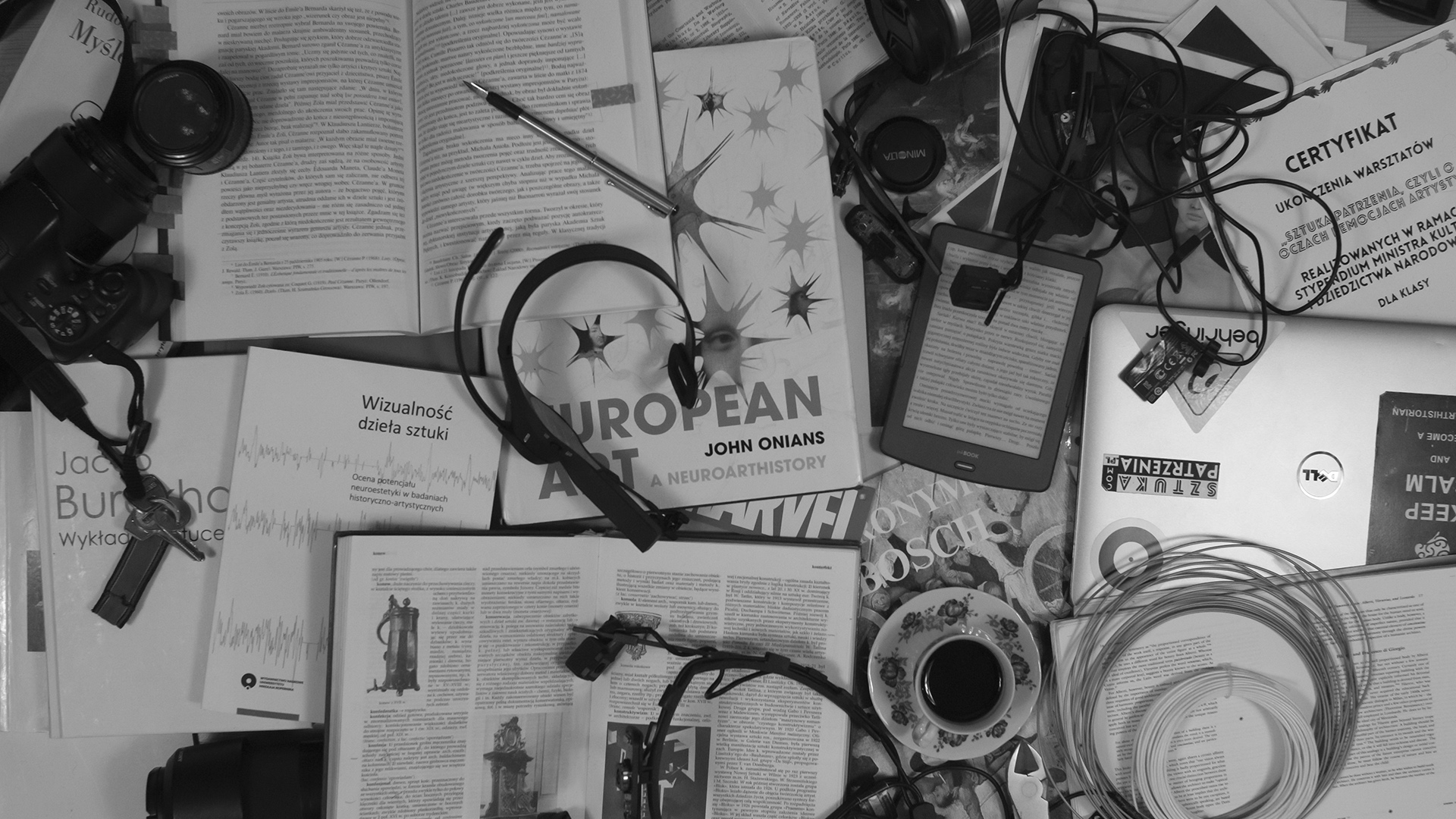In my recently-defended PhD dissertation I have diagnosed the need to formulate a new approach for work of art interpretation and analysis. Currently, preparations are being made to publish the book “Perception-oriented art history”. Its short summary is given below.
The book constitutes a manual for everybody interested in art as a sensual and emotional experience. It presents a wide perspective of research on artistic object that can be named perception-oriented art history. It turns out that already at the academic beginnings of art history, the unusual variety of artistic activity was actually examined in sensual and psychological categories. It is proven in the first part of the book. The reader will find there ten analyses of scientific achievements provided by famous art researchers and artists whose creative activity remains connected to the problems of perception and it different approaches. We can find there such perspectives as the concept of body involvement in architecture by Heinrich Wölfflin, systematics of works of art made by people with mental disorders formulated by Hans Prinzhorn, Ernst Gombrich’s biological approach, or the extraordinary interpretation of Picasso’s Guernica provided by Rudolf Arnheim.
What continues this historical overview is the second part, devoted to contemporary approaches regarding the problems of art perception. This time, analysis focuses on, among others, neuroarthistory, which allows us to discover which unconscious visual experiences have influenced our artistic creativity or its reception. Neuroaesthetics proves to be essential for this kind of reflection as well, as it lets one understand the neural basis of our reactions to work of art. What directly stems from it is the concept of empathic response to work of art, formulated by David Freedberg and Vittorio Gallese, which explains why we tend to get the impression of real presence of the character portrayed in the picture of photograph. The last chapter of this part of the book discusses interpreting art of the excluded and disabled, therefore – the method of diagnosing the canvas.
The third chapter presents the tools that we can use to examine both the artists and the recipients of art. It includes eye-tracking verification of the theses provided by Władysław Strzemiński in his Theory of Vision, together with a relation from the experiment on performance documentation with the use of bio- and neurofeedback recording equipment. The book ends with an attempt to establish the framework of a new way of art periodisation, based on visual and emotional qualities of the analysed object.
The book is complemented by an extensive interview with the founder of neuroarthistory, prof. John Onians, and an interactive visual bibliography, illustrating the dynamic and synchronic development of art history and neuroscience.
